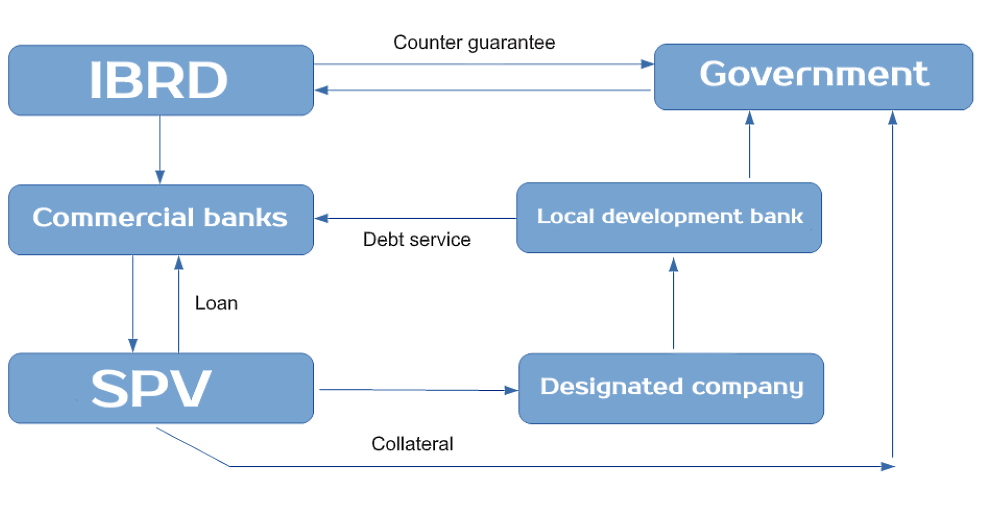
One method is to use a project change log.įor most projects, we use the customer’s definition of requirements and we create a project proposal to meet those requirements.
#PROJECT REVISIONS HOW TO#
The best practice is to set up a process and get agreement with the client on how to handle changes before the project starts. When you are asked or forced to do something not in your project plan, you need to raise a flag, document it and determine how to accomplish the task and who will pay to resolve it. Make sure the requirements and/or specifications are clearly stated upfront. How well you deal with the process of managing the change directly relates to your out-of-pocket cost. And ultimately, regardless of the problem solving, rescheduling, shuffling, juggling and adjusting that you need to do, the change usually incurs a cost that needs to be covered by someone. You might have to come up with a new plan or strategy to solve the problem caused by a roadblock that you hit. Some will impact the schedule (this can be particularly devastating if the schedule is critical) and some can impact overall quality (you might have to substitute something that is higher or lower quality than what was specified, which can create its own set of challenges). These changes can have a ripple effect on many different things.

They can be customer-driven, event-driven or trickledown event-driven there can be a technology change someone can change their mind… The list goes on and on.

They can come from a multitude of causes. On your project, changes are inevitable and can kill the project if they are not handled properly. If there’s one thing you can count on in life, it’s change.


 0 kommentar(er)
0 kommentar(er)
